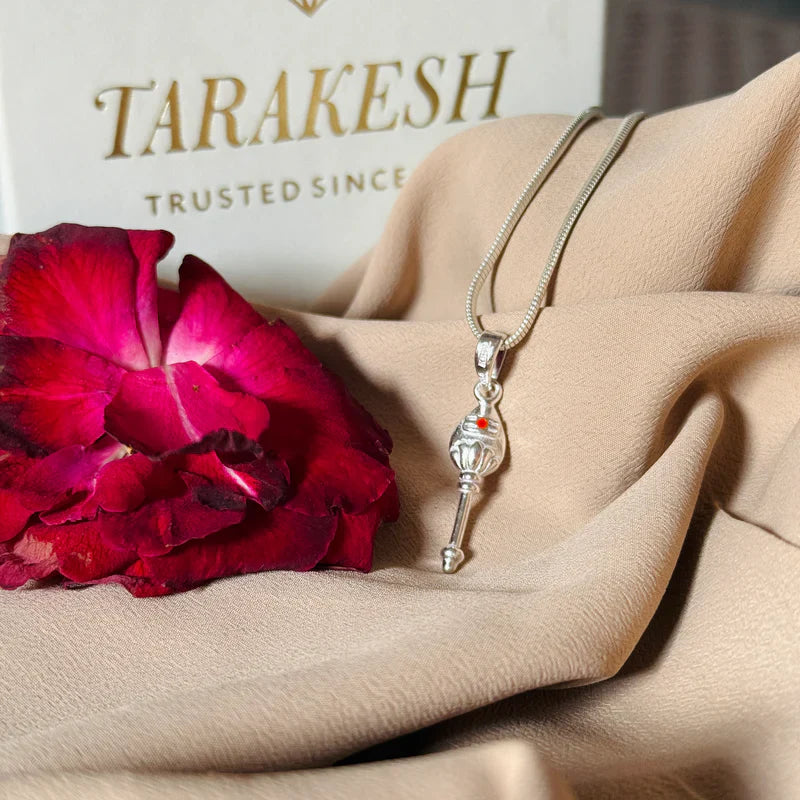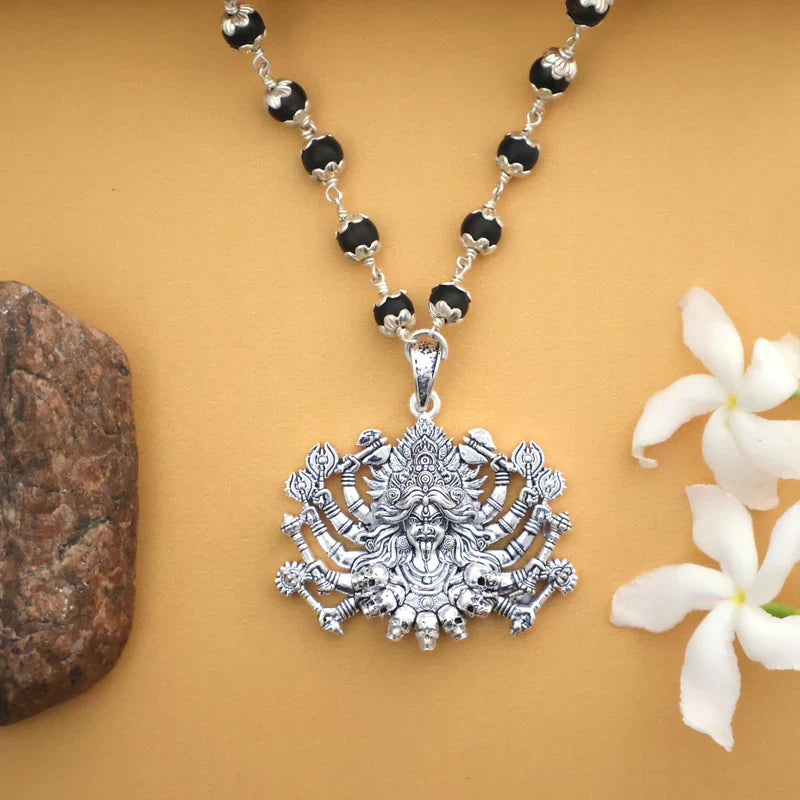In the lush hills and temples of South India, the chant “Muruganukku Arogara!” echoes with devotion, strength, and unshakable faith. Lord Murugan, also known as Kartikeya, Subramanya, Skanda, and Shanmukha, is not just a deity—he is an emotion, a warrior of light, and a divine guide for millions of devotees.
The worship of Murugan is deeply rooted in Tamil culture and the broader southern spiritual tradition. Revered as the God of War, Wisdom, and Youth, his stories and shrines continue to inspire generations. But who really is Murugan? And why does his presence resonate so deeply in the hearts of South Indians?
The Divine Birth of Lord Murugan
Lord Murugan was born from the spark of Lord Shiva’s third eye, destined to destroy the demon Tarakasura, who could only be defeated by Shiva's son. As the commander of the celestial army, Murugan represents:
-
Courage and strength in righteous action
-
Supreme intelligence and spiritual awakening
-
Youthful energy balanced with divine wisdom
He is often depicted as a six-faced god (Shanmukha) riding a peacock, wielding the powerful Vel (spear)—his divine weapon gifted by Parvati (Shakti).
Why Is Murugan So Prominent in South India?
1. Cultural and Linguistic Significance
Murugan is closely linked with Tamil identity. He is considered the "Tamizh Kadavul" (God of the Tamils). Ancient Tamil literature such as the Sangam texts praise Murugan as the deity of youth, valor, and love.
2. Patron Deity of Warriors and Seekers
In southern states like Tamil Nadu, Kerala, Karnataka, and Andhra Pradesh, Murugan is worshipped by:
-
Farmers, for fertility and protection
-
Soldiers, for victory in battle
-
Spiritual aspirants, for mental clarity and discipline
3. The Six Sacred Abodes (Arupadai Veedu)
Murugan's glory is enshrined in six powerful temples across Tamil Nadu, known as Arupadai Veedu:
-
Thirupparamkunram – where he married Deivanai
-
Thiruchendur – where he defeated the demon Surapadman
-
Palani – the most famous, where he chose renunciation over pride
-
Swamimalai, Thiruthani, and Pazhamudircholai – each representing different aspects of his divine journey
These pilgrimage sites attract millions of devotees every year, especially during Thaipusam and Skanda Sashti.
Symbols and Spiritual Meaning
-
Vel (Spear): Penetrates ignorance and ego
-
Peacock: Victory over desire and pride
-
Rooster (on his flag): Transformation of lower instincts into divine strength
-
Six Faces: Represent the six chakras, or states of consciousness
Wearing Murugan’s image or symbol—especially the Vel—is believed to:
-
Protect against negative energies
-
Ignite inner courage and wisdom
-
Guide the seeker toward spiritual victory
🕉️ Explore Our Divine Murugan and Vel Pendant Collection – crafted in silver to carry courage, clarity, and grace with you always.
Trusted References
The Murugan Devotee’s Path
To worship Murugan is to walk the path of the spiritual warrior. He teaches:
-
Detachment with purpose
-
Discipline with devotion
-
Love without ego
He is not just the god who destroys demons—he is the one who destroys doubt, fear, and ignorance.
Because within every soul, there is a battle to be fought—
And Murugan is the light, the Vel, and the roar that reminds you:
You were born to rise.
Arogara, Swami Muruganukku!




